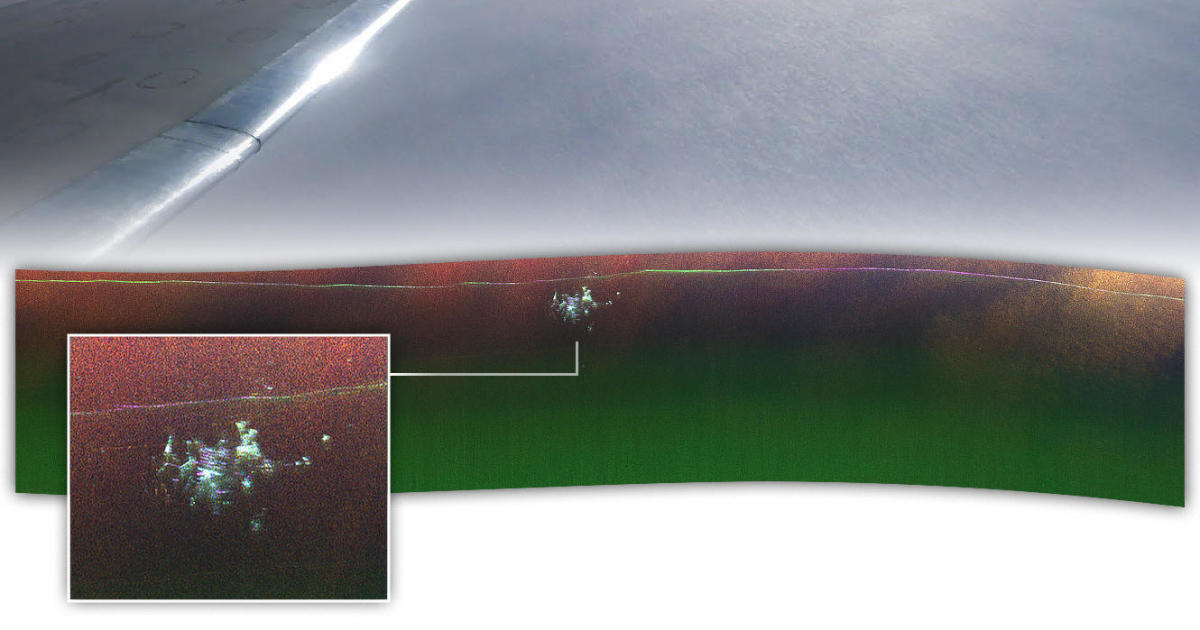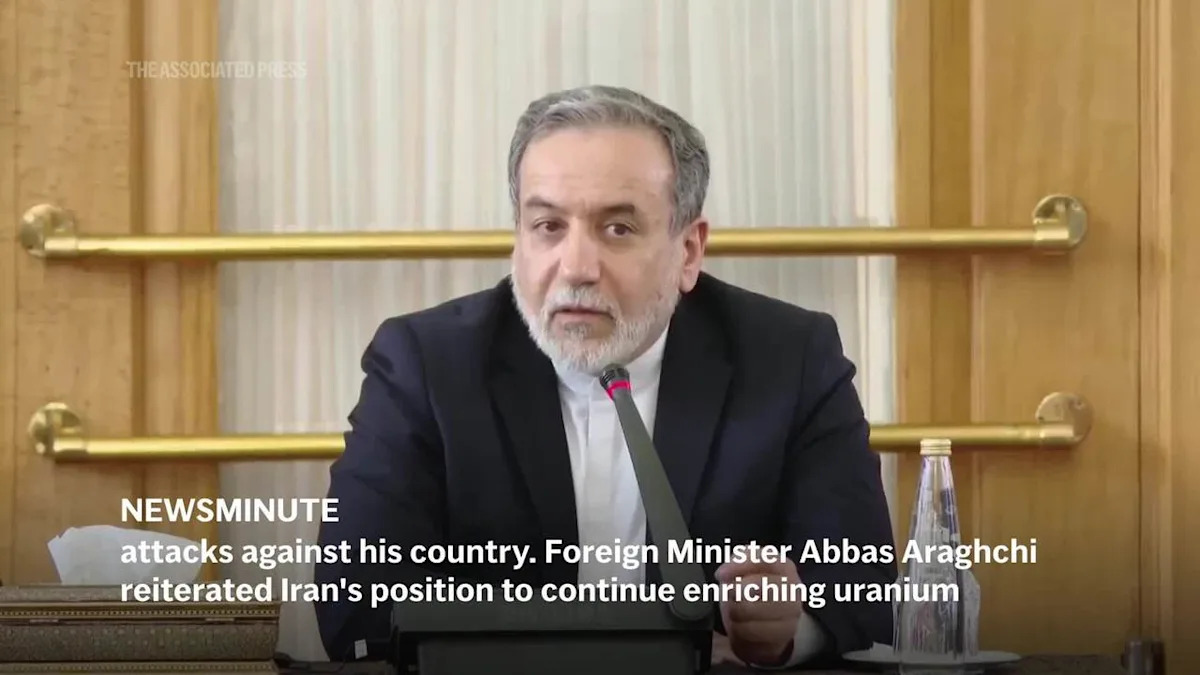In a groundbreaking discovery, NASA has revealed an image showing remnants of a hidden U.S. military installation buried beneath the icy surface of Greenland. The discovery has captivated researchers, historians, and geopolitical analysts alike, prompting new questions about the extent of military operations in the Arctic during the Cold War era. As the implications of this find unfold, it raises significant questions about the historical context, the environmental impact of such operations, and what this discovery might mean for modern-day geopolitics.
Unearthing Secrets: The Discovery of a Hidden Military Installation
In recent weeks, NASA’s Earth Science division released an image that has sparked global intrigue—a satellite image revealing unusual patterns beneath the Greenland ice sheet. The discovery appears to show remnants of a U.S. military base that was once hidden deep within the Arctic region. The image was captured using advanced radar technology that penetrates thick ice layers, offering a rare glimpse of what lies beneath the frozen surface.
This surprising find is part of a growing body of research conducted by NASA’s IceBridge program, which aims to study the dynamics of ice sheets in polar regions using a variety of scientific instruments. What makes this discovery particularly fascinating is that it offers a window into Cold War-era operations, particularly the U.S. military’s strategic interest in the Arctic during a period of geopolitical tension with the Soviet Union.
Historical Context: Cold War and the Arctic Military Presence
The Cold War, which spanned from the late 1940s to the early 1990s, was marked by intense political and military rivalry between the United States and the Soviet Union. Both superpowers sought to gain strategic advantages over each other, including in the Arctic region. Greenland, located just a short distance from the Soviet Union’s northern borders, held significant military value during this period. The U.S. military established several installations on the island to monitor Soviet activity and as part of the larger North American defense network.
One of the most famous U.S. military bases in Greenland was Thule Air Base, which was established in 1951. Thule served as a critical site for missile defense and early warning systems during the Cold War, providing the U.S. with a strategic edge in detecting and responding to potential Soviet missile attacks. The newly discovered site, however, seems to be separate from Thule, suggesting that the U.S. military may have had additional, undisclosed operations in the region.
The Role of the Arctic in Modern Geopolitics
While the Cold War is over, the strategic importance of the Arctic remains high. As global warming accelerates and ice sheets begin to melt, new shipping routes and natural resource reserves are becoming more accessible. Countries around the world, including Russia, Canada, and the United States, are eyeing these newly accessible areas for potential economic and military opportunities.
In this context, the discovery of a hidden military installation in Greenland is more than just a historical curiosity; it could have modern implications. The Arctic’s importance in global security is once again on the rise, with military presence in the region growing. NATO, for example, has increased its activity in the Arctic in recent years, while Russia has expanded its military infrastructure in the Russian Arctic.
Technological Breakthroughs: How NASA Unearthed the Hidden City
NASA’s discovery of the buried military installation in Greenland was made possible by cutting-edge radar technology. Using data gathered from NASA’s Operation IceBridge program, scientists were able to peer beneath the thick ice that blankets Greenland. This radar system, known as the IceBridge radar, can detect changes in ice thickness and identify subglacial features that are otherwise invisible to conventional methods.
The radar works by sending pulses of electromagnetic energy into the ice. These pulses travel through the ice and reflect back when they encounter different layers or structures beneath the surface. By analyzing the reflected signals, scientists can build a detailed image of what lies beneath, even through hundreds of meters of ice. This technology has been crucial in revealing not only military installations but also geological features and other hidden structures buried under ice in polar regions.
The Environmental Impact of Cold War Military Operations
The Cold War-era military installations in Greenland, along with others across the Arctic, were designed with little consideration for environmental sustainability. The region’s fragile ecosystems have been impacted by decades of military activity, including the construction of airfields, radar stations, and even nuclear weapons testing sites. Some of these sites have left long-lasting environmental legacies, including contamination from fuel spills and hazardous waste.
As the ice melts due to climate change, these contaminants are being released into the environment, posing potential risks to local wildlife and the global ecosystem. This new discovery raises the question of how many more such sites remain buried beneath the ice and what their environmental impact might be as they become exposed.
Broader Implications: What Does This Discovery Mean for the Future?
The uncovering of a hidden U.S. military installation in Greenland could have several important implications, both historical and contemporary. From a historical perspective, this find could provide new insights into Cold War-era strategies and tactics. It might also shed light on the extent of the U.S. military’s Arctic operations, which were not fully disclosed to the public at the time.
More broadly, this discovery underscores the increasing significance of the Arctic region in global politics. As the ice melts and new shipping routes open, the competition for resources in the Arctic will intensify. This could lead to further militarization of the region as countries seek to secure access to newly discovered oil, gas, and mineral resources. For example, Russia has been rapidly expanding its military presence in the Arctic, building new bases and modernizing its forces in response to the changing dynamics of the region.
Moreover, as the environmental effects of past military activities become more apparent, there may be increased pressure on governments and international organizations to address the ecological damage caused by Cold War-era operations. This could lead to new policies aimed at cleaning up old military sites and preventing further damage to the Arctic environment.
Conclusion: The Arctic’s Secrets Revealed
The discovery of a hidden U.S. military installation beneath Greenland’s ice serves as a reminder of the many secrets still buried beneath the Earth’s surface, waiting to be uncovered. This find not only offers a glimpse into the military operations of the past but also raises important questions about the future of the Arctic, both as a geopolitical hotspot and an environmental frontier. As technology continues to evolve, it is likely that more such discoveries will be made, shedding light on the region’s complex history and its role in shaping global affairs.
As the world grapples with the challenges of a warming planet, the Arctic will continue to be at the forefront of both scientific research and international tensions. It is clear that understanding the past will be crucial to navigating the future of this sensitive and strategic region.
For more updates on NASA’s Arctic research, visit NASA’s IceBridge program page.
To explore further on the geopolitical importance of the Arctic, refer to this article by BBC News on Arctic geopolitics.
See more NY Times Report



